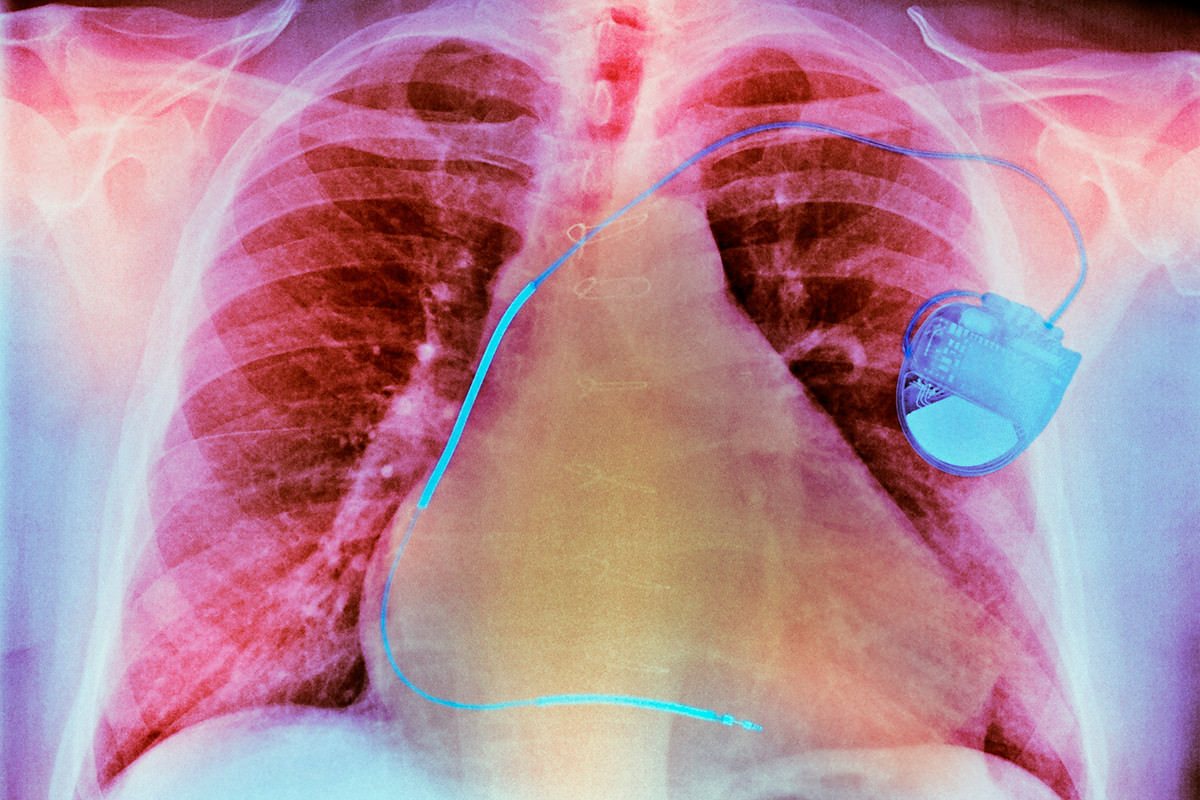A group of researchers at the University of Illinois demonstrated that they could transmit a wireless signal described as strong enough to “stream Netflix” through two types of meat, pork tenderloin and beef liver. However, the project – nicknamed “meat-comms” – isn’t intended to bring actual TV shows to your TV dinners. Instead, the scientists are looking for a better way to communicate with medical devices implanted in the human body.
Existing implants, such as pacemakers, use radio to communicate with the outside world. But radio waves do not travel well through the soft tissue in our bodies. Ramping up the power to improve the signal can be dangerous, as it heats up the tissue it passes through.
These limitations have stopped us developing medical implants that can send and receive useful amounts of wireless data, says Andrew Singer, at the University of Illinois at Urbana Champaign. So his team turned to ultrasound instead.
Singer has spent years building ultrasonic systems for the navy and suspected that a similar approach would work well in the body. “You’re a big bag of salt water, with some bones and some other tissues,” he says. “Communicating in the ocean and communicating in your body are very similar.”
To test the idea, Singer and his colleagues first submerged their transmitter and receiver in a tank of water and tried sending data through meat. They suspended the pieces of meat in the water tank and found that the ultrasonic signal passed through both types of meat at speeds of up to 30 megabits a second (from an original signal of 120 megabits a second). That's 1000 times faster than existing implants using radio signals.
The meat-comms team is planning to test the approach with real medical implants or living tissue, but the initial results already suggest some exciting future possibilities, says Singer. Software updates could potentially be beamed directly to medical implants without the need to remove them surgically.
More at New Scientist, h/t Food and Wine.


No comments:
Post a Comment